AI agents have been truly transforming the way modern contact centers operate. They can automate customer support, appointment scheduling, pre-sales, lead qualification, and other processes and operations within contact centers. But when it comes to handling more complex tasks, a major challenge remains: how to provide them with the right organizational context – securely and in real time.
That’s exactly where Model Context Protocol (MCP) comes in. MCP gives AI agents a simple, standardized way to plug into data from external data sources to deliver a better user experience. In this article, we’ll take a closer look at what MCP is, how Model Context Protocol AI agents work, and why it matters in contact centers.
What is Model Context Protocol?
Model Context Protocol (MCP) is an open protocol, introduced by Anthropic (the company behind Claude) and later adopted by OpenAI, that standardizes and simplifies the way AI agents and other AI applications provide context to LLMs (Large Language Models).
You can think of MCP like a USB-C port for AI agents – that is a common analogy to describe how MCP works. Just like USB-C gives you one simple way to connect different devices, MCP basically gives AI agents a unified way to instantly plug into all the data sources they need to work smarter – no matter where data lives.
Ultimately, MCP addresses the challenges of fragmented data access and eliminates the need to build custom integrations for every single data source. And by making it much easier to interact with (and pull information from) different data sources, MCP improves the relevance and accuracy of responses AI agents provide and enables them to resolve more complex requests.
How Does MCP Work? The Architecture of MCP
MCP takes inspiration from traditional client-server architecture, where a client sends a request to an API server, the server processes it, queries a database, and returns a response. In a similar way, MCP sets up a two-way communication channel between an MCP Client and an MCP Server, allowing AI agents to request context, tools, or data and receive structured responses in return.
So, the MCP client/ server model can be broken down into three key architectural components:
- MCP Host: The MCP Host is the environment or primary application where the AI agent resides and operates. It’s essentially the container providing the overall context and resources for the AI agent to function.
- MCP Client: The MCP Client is the specific component within the MCP Host responsible for initiating communication with external systems. It translates the AI agent’s needs into standardized requests, sends them to MCP Servers, and passes results and tool outputs back to the AI agent.
- MCP Server: This is where the actual tools, APIs, or data sources live. The MCP Server receives requests from the MCP Client, executes actions or retrieves data, and then formats and sends results back to the AI agent.
Why MCP Matters for Contact Center AI Agents
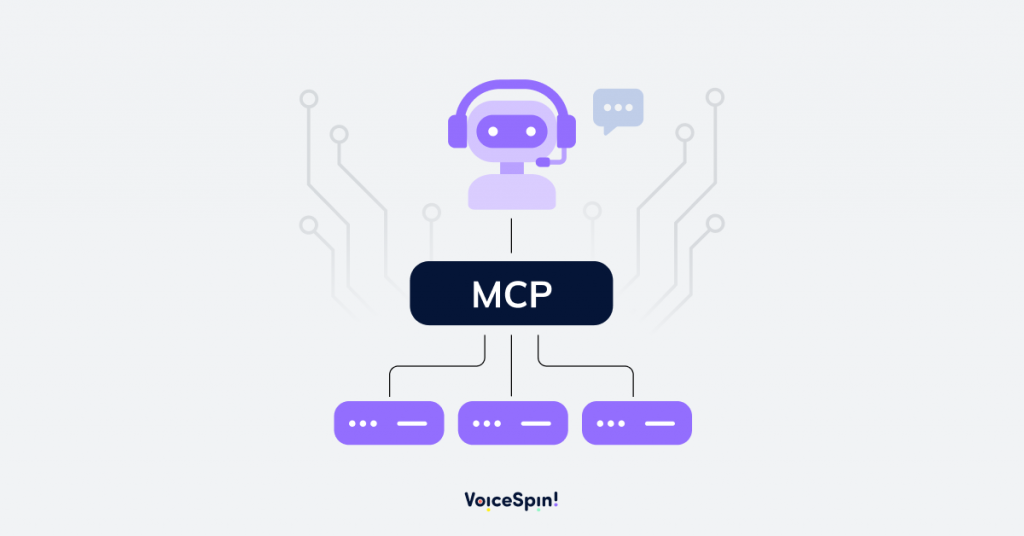
In contact centers, AI agents are widely used in customer service and sales environments. Let’s take customer service, for example. When customers reach out for support, they don’t just expect instant answers (AI agents deliver that by default) – they also want highly accurate responses that resolve their issues on the first interaction. Incomplete or misleading responses drive costly escalations to human agents. On top of that, they lead to poor experiences and erode customer trust.
But AI agents are built on LLMs (Large Language Models) that are trained on vast amounts of publicly available data. That means they have no inherent knowledge of your company’s specific data, like product specs, troubleshooting guides, internal policies, company procedures, compliance requirements, etc. And without direct access to this knowledge, AI agents may produce inaccurate or irrelevant responses (which is known as AI hallucinations).
That’s why today’s AI agents pair LLMs with contextual awareness using prompt engineering, Retrieval Augmented Generation (RAG), built-in guardrails, and API integrations. That helps ensure the responses AI agents deliver are more contextually relevant and grounded in the most accurate company knowledge. And thanks to MCP, the possibilities of AI agents go even further.
With MCP, AI agents can resolve more complex requests autonomously. Model Context Protocol enables them to access, use, and maintain contextual information across multiple systems. And because this context is no longer siloed or fragmented, the AI agent can resolve more complicated, multi-step requests independently, without manual integration work or constant human oversight.
The outcome? More customer requests are being resolved without escalations to your human reps, reducing your support costs – while your customers get a more satisfactory experience from interacting with your AI agent.
Frequently Asked Questions
Is MCP the same as RAG?
No, MCP (Model Context Protocol) and RAG (Retrieval-Augmented Generation) aren’t the same. RAG is a technique used to improve the accuracy of answers provided by LLMs (Large Language Models) by retrieving relevant information from a knowledge base before generating a response. MCP is an open standard that standardizes how AI agents connect and interact with external tools and data sources. While they serve different purposes, they are often used together to create more powerful AI agents.
What problem is MCP solving in AI agents?
MCP solves the core problem of fragmented context and tool integration in AI agents. Before MCP, AI agents struggled to reliably access and interact with external systems: they relied on one-off integrations and would often lose context between actions, leading to AI hallucinations and limited capabilities. By using the Model Context Protocol (MCP), AI agents can provide more accurate answers, perform more complex actions, and stay grounded in real-time information.
Does agentic AI use MCP?
Yes, agentic AI heavily relies on and uses the Model Context Protocol. In fact, MCP serves as a backbone for agentic AI systems by providing a standardized way for AI agents to connect to external tools, access real-time data, and execute actions across external systems. And that allows agentic AI systems to execute more complex, multi-step workflows with enhanced context awareness.
Does VoiceSpin use Model Context Protocol?
Absolutely yes! VoiceSpin’s AI agents (AI voice bots and AI chatbots) are built using Model Context Protocol (MCP) to ensure smarter and more context-aware interactions. MCP ensures our AI agents can access the right information at the right time, allowing them to handle complex tasks across multiple systems without losing context. And that enables more accurate responses and a smoother customer experience across voice and digital channels.

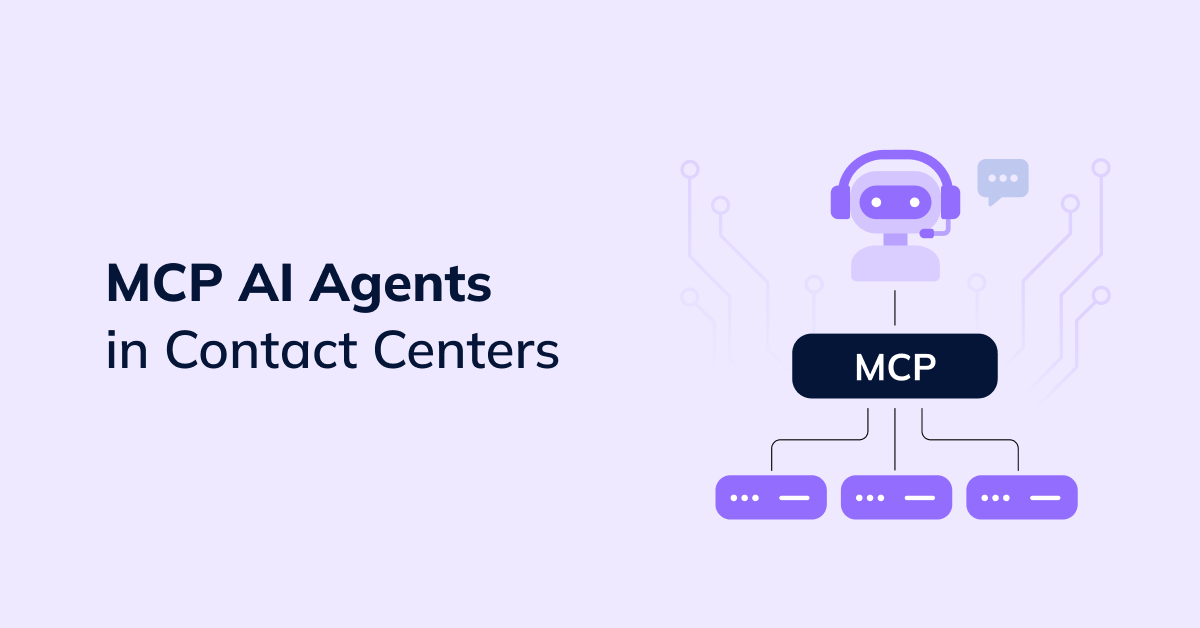
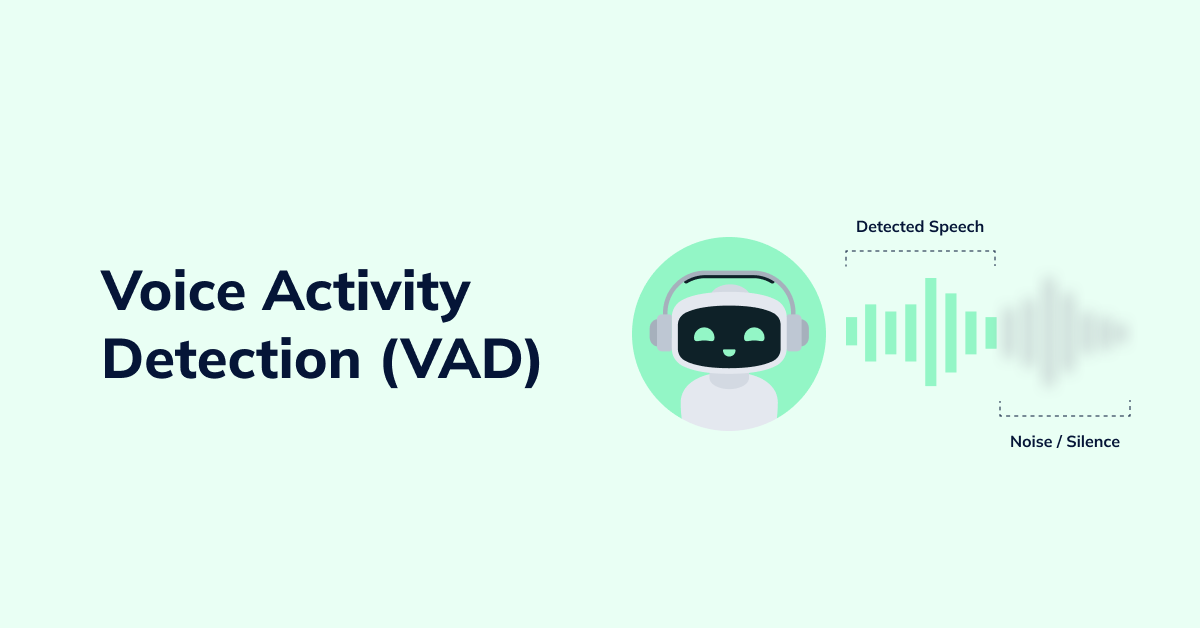
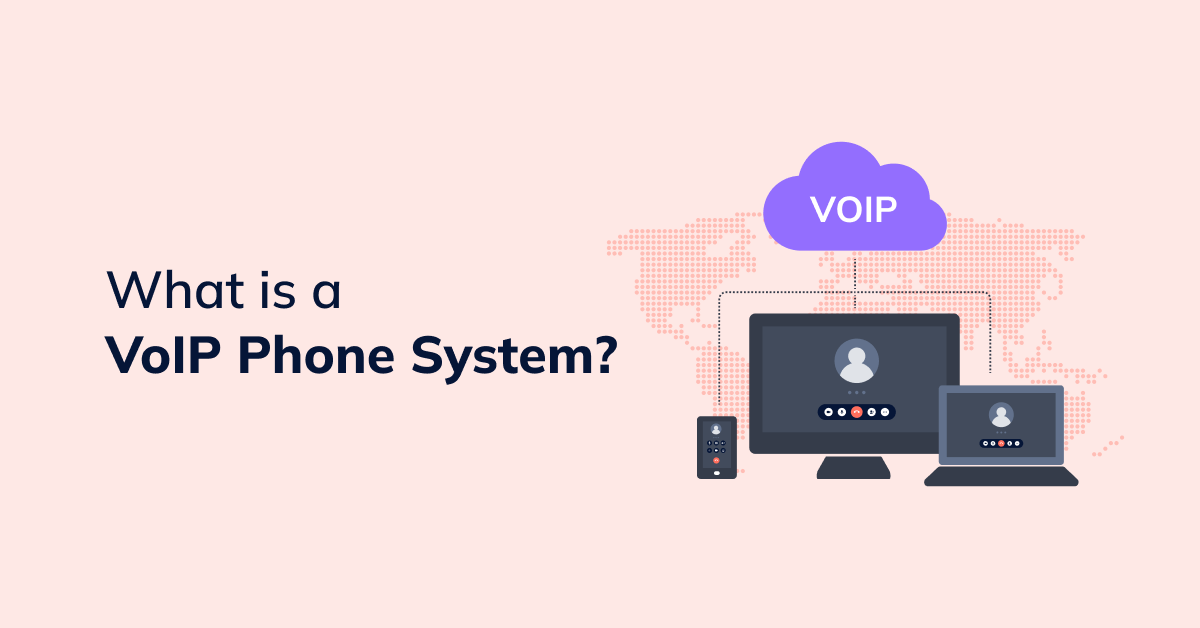
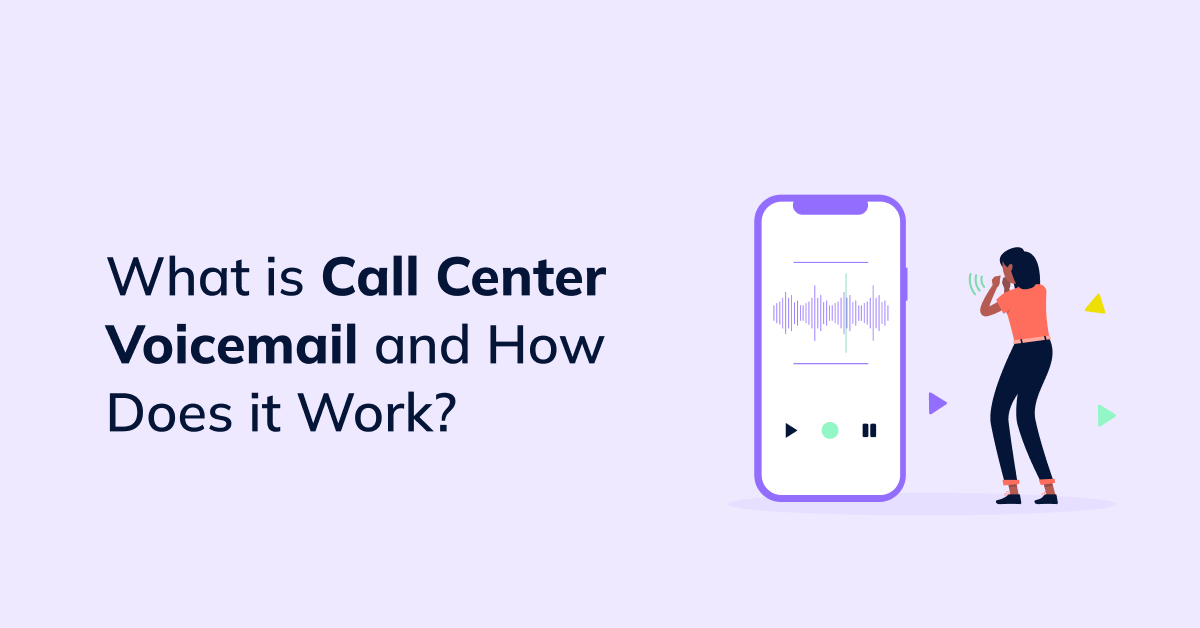
 +18889082995
+18889082995
 +442036084160
+442036084160
 +97237237006
+97237237006